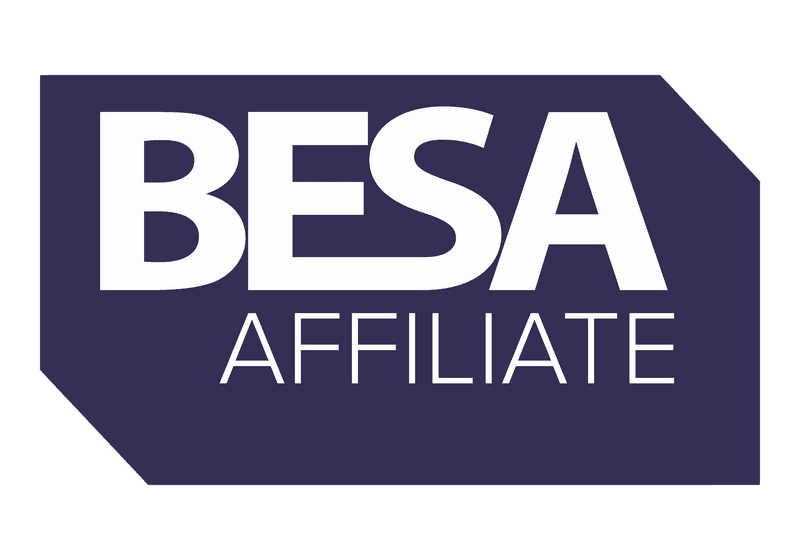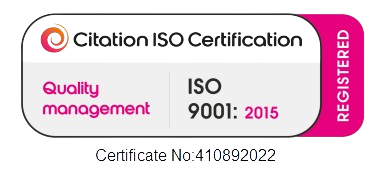The building services workforce is evolving. Whilst being in the office is coming back remote work is still a strategic advantage. Whether you're hiring CAD technicians, project coordinators, estimators, or executive talent, the remote talent pool is deeper and more diverse than ever.
The demand for flexible work in the field has nearly doubled since 2020. At the same time, the building services industry faces a skills shortage, with 72% of employers citing difficulties hiring specialists—making remote talent an even more vital resource.
But hiring remote workers isn’t just about posting a job online and hoping for the best. It requires precision, foresight, and a recruitment partner who understands the nuances of both the industry and the remote landscape.
Here are 10 tips to help you hire remote talent that delivers results:
1. Hire for Outcomes, Not Hours
Remote work thrives on trust and output. Focus on what candidates can deliver, not how long they sit at their desk. Define KPIs early and hire people who are self-motivated, and results driven.
2. Prioritise Industry-Specific Experience
In building services, context is everything. Remote workers must understand the language of M&E, BIM, compliance, and systems. Don’t compromise on sector fluency—it saves time, money, and headaches.
3. Test for Tech Readiness
A remote worker is only as good as their tech setup. Ensure candidates have the hardware, software, and connectivity to work seamlessly with your systems—especially when collaborating on complex projects or using tools like Revit or AutoCAD. Over 60% of design rework delays in building services are traced back to poor collaboration or incompatible systems, so the upfront check is critical.
4. Look Beyond Borders, But Stay Compliant
Remote hiring opens up global talent—but it also opens up legal complexity. Work with a recruitment agency that understands international employment laws, tax implications, and right-to-work checks.
5. Culture Still Matters—Even Remotely
Remote doesn’t mean disconnected. Hire people who align with your company’s values and communication style. A strong cultural fit reduces turnover and boosts collaboration—even across time zones.
6. Use Structured Interviews with Real-World Scenarios
Ditch the fluff. Ask candidates how they’d handle real challenges—like coordinating with on-site engineers, managing remote design reviews, or navigating last-minute spec changes. Efficiency matters: 80% of M&E projects report delays linked to coordination issues, so scenario-based vetting pays dividends.
7. Don’t Skip the Soft Skills
Remote workers need more than technical chops. Look for communication, accountability, and initiative. These are the traits that separate good remote workers from great ones.
8. Invest in Onboarding Like It’s a Project
Remote onboarding isn’t a one-day affair. Build a structured plan with milestones, check-ins, and clear documentation. The first 30 days set the tone for long-term success. Companies with structured onboarding see 50% higher employee retention in the first year—a huge advantage in a sector stretched by talent shortages.
9. Use the Right Tools—And Train Them
From project management platforms (like Asana or Monday.com) to communication tools (like Teams or Slack), make sure your remote hires are trained and comfortable with your tech stack.
10. Partner with a Specialist Recruiter
Generalist recruiters won’t cut it. You need a partner who understands the building services industry and the dynamics of remote work. That’s where we come in.
The building services industry is under pressure to deliver faster, greener, and smarter. Remote talent is a powerful lever—but only if you hire right. Ready to hire smarter? Let’s talk. Let’s build high-performing remote teams that don’t just fill gaps but drive growth. Call us on 01509 615290 or email admin@centogroup.com to discuss recruitment strategies.







